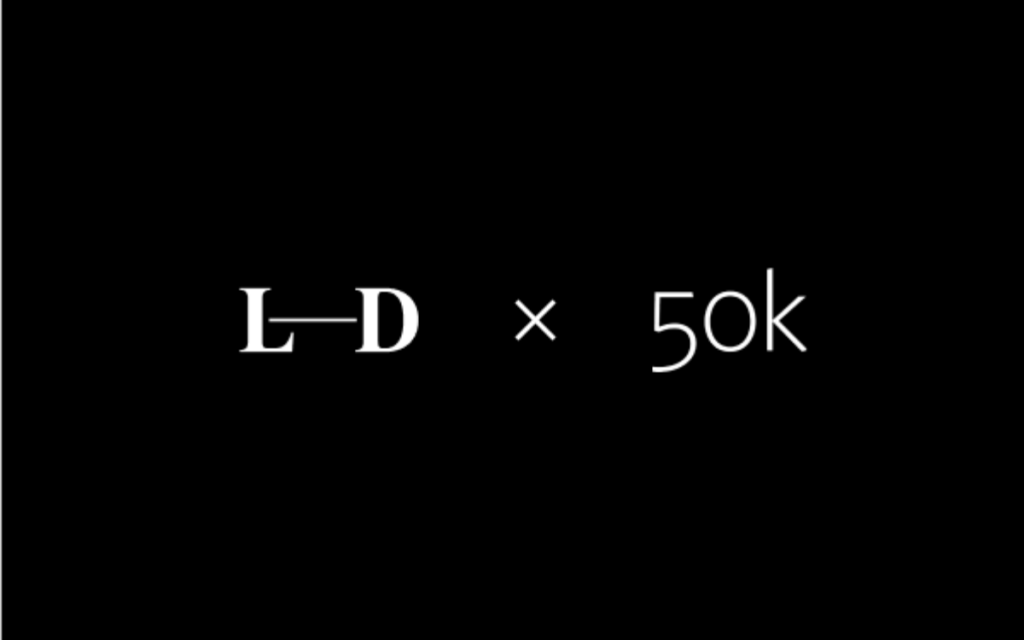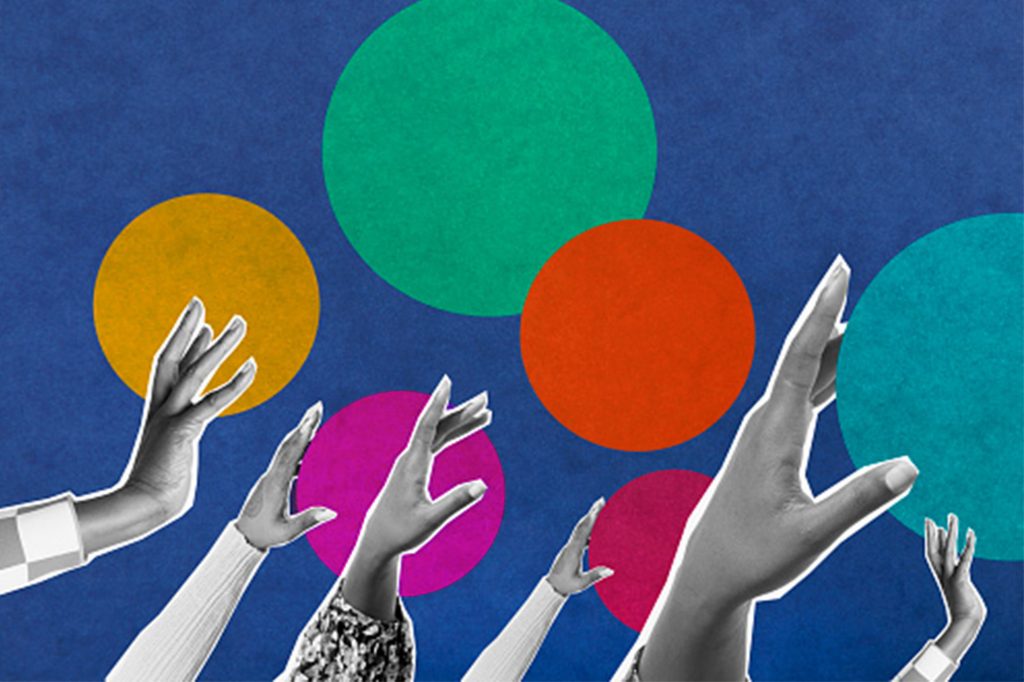Transformation is Not the Goal—Evolution Is
Brands must commit to ongoing change in order to endure and thrive.
Kate Watts is CEO of Long Dash. She formerly founded Faire Design and held the role of president, U.S. at the global agency Huge.
Brands have entered a new era, one in which employees and consumers demand racial equity, physical interaction becomes secondary to digital, and values, not dollars, are the primary currency.
Two fundamentally world-altering events this year have accelerated this shift—the COVID-19 pandemic and the protests following George Floyd’s murder. The reality of institutionalized racism, fragile infrastructures, siloed communications, decreasing employee morale, and lack of agility have left many brands scrambling and looking inward.
Even though we’ve been talking about two critical, and intersecting, enterprise-wide mandates— diversity, equity, and inclusion (DEI) and digital transformation—for decades, company culture and enterprise infrastructure have either simply played lip service to these notions or constantly played catch-up. Now, the need for real and lasting organizational change has emerged as a top priority almost overnight, albeit such change is long overdue.
However, the “transformation” mentality is problematic. It reflects an enterprise imperative specific to a moment in time and tied to a process with a definitive end. The current moment is a mere starting point for a commitment to the work ahead, for which there is no true finish line. Brands can no longer afford to think of transformation as a singular or isolated event. We are at the start of a movement.
It’s time to look at the world, and the mandate for brands within it, in a new light. We need to stop talking about transformation and instead focus on evolution.
An evolutionary mindset, one that emphasizes meaningful change, equips brands to navigate perpetual disruptions across the economic, technological, societal, and cultural landscape. It is based on two core beliefs: First, that multiple types of disruption, both micro and macro, are occurring simultaneously on a constant, ongoing basis. And second, that all brands must continuously evolve to thrive and meet the demands of the pressures of such consistent disruption.
Sign up for OnBrand
Our weekly digest featuring ideas on the future of brand.
Today, we are at a particularly difficult moment of upheaval across civic life, public health, the economy, and technology. While this moment rightly calls for leaders to make immediate, impactful changes, enduring beyond this period of time and emerging as a leader will require brands to embrace ongoing evolution. Here is how they can start.
- Double down on lived brand values, not platitudes. Now that brands’ initial responses to the pandemic and the rising movement to fight racial inequities have passed, we are starting to see audiences increasingly think about the future: what it may look like, how to get there, and what the impact will be. There is an increasing appetite to understand how businesses are helping to remodel and rebuild. Now is the time where a brand promise made must be kept. Discerning audiences quickly differentiate those brands that show up in earnest, demonstrating indelible values and vision, versus those that are simply looking to break through the noise or capture the most attention with performative gestures. Ask this: Are we simply talking the talk, or are we walking the walk?
- Remove any technical debt now. Prioritize the development of an immediate transition plan—one that spans one, five, 10, and even 20 years out. Identify the elements of your infrastructure that are limiting, biased, or otherwise detrimental, then allocate sufficient funds to implement the plan. Budgets will be tight, but investing in your culture and infrastructure now will help your company come out healthier. Don’t base your future on “the least expensive option.” Technology, along with impeccable data hygiene, will play an integral role in accelerating systemic change. Removing barriers to delivering exceptional and equitable experiences for both customers and employees should be priority number one. Ask yourself: Is our technology reactive or proactive?
- Institute a “two-users” mind set. A thoughtful user experience is essential to business service. And yet, most brands think of the user experience as being solely for the consumer. Brands should think of “users” in duality: the external audience (consumers and more broadly, communities) and the internal audience (employees). All too often, brands underestimate the power, reach, voice, and influence of the internal audience, its employees, especially now. Strong employee engagement strategies, inclusive of promoting flexible working arrangements for the long term and designing your business for inclusivity, is no longer negotiable. Providing user-centric tools, technology, platforms, and services for your employees, as you would your consumers, makes for a world-class, dynamic organization. Ask yourself: Are we putting forth as much effort and resources toward our employees as we do for our customers?
- Over-index on utility. Given our increased reliance on technology the last three months, expect consumers to place even more emphasis on quality and ease of service vis a vis digital engagement; they demand a higher value exchange and fewer points of friction. This means brands must critically think about what users want, need, and expect at every interaction and how they can provide smart, efficient utility in service of those wants, needs, and expectations. It’s not just what you say but how you show up—in the most mundane interactions and in the most critical moments. Ask this: Do we provide tangible value and utility at every touch point along the user journey?
- Prepare for automation. Recessions speed up automation. This pattern reveals a sobering reality: With an economic crisis of this scale and millions of jobs lost, automation will not just incrementally advance, it will surge. This will leave many unskilled and underrepresented workers on the sidelines and force companies to restructure their organizations to become ever more reliant on technology. Those in food service, transportation, and production, many of whom come from vulnerable populations to begin with, will be the most acutely affected. The reality of automation is coming, and brands must prepare their workforce with the relevant skills needed in the new wave by providing comprehensive up-skill training programs. By doing so, your role as an enduring brand will not only benefit your stakeholders, but society at large. Ask this: Are we contributing simply to our bottom line or to society as a whole?
The brands that endure are unflinching in their commitment to change. The past is littered with failed companies that latched onto the status quo and couldn’t see beyond the mantra, “Well, this is the way it’s always been done.” With tension comes progress. The brands that will endure in this new era will see their remit as being greater than transactions for products and services. They will see themselves as values-driven leaders with an evolving role to play in modeling and building a more connected, equitable, and productive society.





